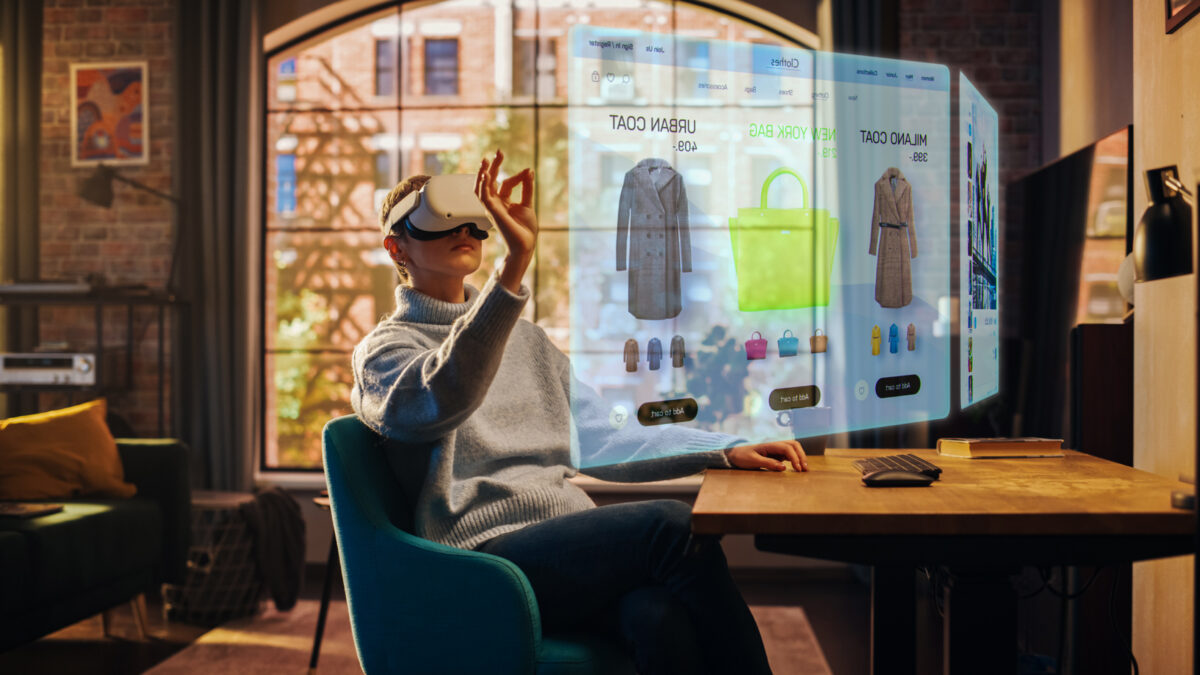Generational marketing has long been employed by brands and agencies as a way to simplify the process of targeting audiences within the media planning and buying process. The challenge? Generational differences are more complicated and nuanced than ever.
Today’s generational shopping behaviors exist on not only the spectrum between physical and digital environments but also the less-discussed spectrum that falls between content and commerce experiences. Here’s what that means for marketers.
Digging Deeper on Generational Distinctions
When it comes to generational shopping behaviors, brands, and agencies tend to paint with broad strokes as it relates to physical vs. digital environments. In short: older generations prefer to shop in stores, while younger demographics have embraced online and mobile shopping. At a high level, data supports this trend—but this insight alone is not enough to guide a brand’s media planning and buying process.
Today’s generations, from Baby Boomers to the emerging Generation Alpha (aged 13 and under), have profoundly different relationships with digital environments and content, and those relationships play a significant (and ever-evolving role) in how each generation shops. When planning campaigns, this nuanced interplay between content and commerce experiences can serve as a far more useful guide to allocating budgets than high-level distinctions around where each generation is most likely to make their purchases.
Shopping Behaviors for Baby Boomers
While GWI data tells us that Baby Boomers still predominantly shop in-store, their willingness to buy through online channels was greatly heightened during the pandemic. However, the ways in which this generation tends to become aware of products and move to purchase remains largely unchanged. Traditional print and TV still play a huge role in driving awareness and purchase intent, with lower-funnel search, display, and in-store promotions helping to drive conversion. For this demographic, the traditional marketing funnel remains intact, and content and commerce experiences are quite distinct.
Content & the Marketing Funnel for Younger Generations
As we shift toward younger generations, we find the traditional funnel being increasingly blown apart, as the line between content and commerce blurs. For Millennial and Gen Z shoppers in particular, content today inspires commerce. We see evidence of this every time a new waffle maker or mascara goes viral on TikTok and sells out instantaneously. The mechanism that takes the consumer from awareness to purchase is one and the same—content and commerce within a single experience.
And then, here comes Gen Alpha—not just digital natives, but phygital natives. For this generation, which wields tremendous influence over their Millennial parents, content, and commerce experiences are virtually indistinguishable. The kicks their avatars wear in Roblox are as much a part of their identities as the kicks they wear to school every day. Mind-blowing as it is for older generations, Gen Alpha simply doesn’t see a difference between buying something in the metaverse and buying something in real life—and, over time, that fact is going to completely upend the content and commerce landscapes as we know them today.
How Marketers Can Adapt With Generational Segmentation
Today’s marketing ecosystem has never been more complex, and it’s up to today’s brands to evolve their frameworks, strategies, and tactics. The traditional funnel may still work in certain cases but, by and large, brands need partners that can go full stack – understanding how technology, content, and commerce can be structured to make brand discovery and transaction frictionless. It’s this subtle shift in planning – from how marketers think (funnel) to how humans feel, think, and purchase – that can have a profound impact on performance.
At Anagram, we understand the complexity that today’s brands are up against when it comes to generational buying behaviors. That’s why we leverage research, audience modeling, and connections planning to turn deep human understanding into evidence-based marketing strategies. Is your brand looking to find and connect with consumers wherever they exist on the content-commerce spectrum? We can help. Let’s talk!


